Media | Articles
$25K Project Dino: Nothing is easy
If the Ferrari had ignited and burned to ash, I might have been relieved. After some 20 minutes of constant running, my newly rebuilt engine was still puffing out a smoke bomb that completely filled the rearview mirror. If there was an upside, it was that the emissions lent character to an otherwise drab industrial complex in Commerce Township, Michigan, on a chilly January day. For a moment, the damp parking lot was a reasonable facsimile of a fog-laden English moor. You don’t see that every day.
If you’ve been keeping up with my semi-DIY restoration of a 1975 Dino 308 GT4, it had its first drive in February of 2022. By November I had retrieved the Ferrari V-8 after a $20,000 rebuild, the most difficult body repairs were finished, and I naively assumed my effort had morphed from physical work to simply writing checks to the professionals who would paint the car and remake the interior. After almost two years, however, Easy Street remains miles away.
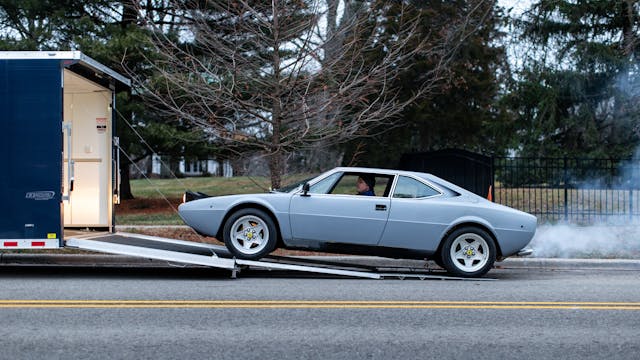
Last fall, I installed the engine twice. The first time, the four engine mounts—which, on brief inspection, look the same but are not—were in the wrong positions. We had to crane the engine back out and reinstall the mounts, then lower the engine back into the tight engine bay. Beyond stressful. What if a chain breaks? What if, as we wrestled the 400-pound engine into position, it smashed into the impossible-to-replace rear window? My 20-year-old son and another friend were helping. What if one of us pinched a finger between the motor and the frame?
We got the motor into the bay without injuries. Whew. After wrestling with the exhaust headers and bolting up the ancillaries, I gingerly twisted the key. The moment of truth! The V-8 eagerly sprang to life, but a quick spin of the neighborhood revealed that my Ferrari had morphed into a crop-duster. A neighbor called and said he hadn’t seen me drive by, but he knew it was me because my smoke trail was still in the street.
New and newly rebuilt engines often burn oil. The oil path is typically the tiny gap between the piston and the cylinder it rides in. The oil, frothed by the spinning crankshaft, is propelled upward to the top of the piston, where it is burned with gasoline. Even a small amount of oil can cause thick exhaust smoke. Older motors, even when they were new, burn more oil than modern engines. A rule of thumb used to say that a motor that burns less than a quart of oil every thousand miles is just fine. Today, we hardly check the dipsticks on our new cars.
Marketplace
Buy and sell classics with confidence
Rebuilt engines require breaking in, a period when the new moving metal parts microscopically machine themselves into proper fit with each other. The gap between the piston and the cylinder wall is sealed by metal piston rings, which fit into grooves cut around the pistons. The rings sometimes require time to properly seal and that’s what I thought was the case for my new engine, but I needed to run it more to find out.
Problem was, I had removed all the lights from the car and it wasn’t street-legal. Winter—and salt trucks—had arrived, so my only option was to take the car to a chassis dyno, a device that connects to the driven wheels and allows an operator to simulate driving while the car stays stationary. A half-hour of dyno time would break in the engine and stop it from burning oil, I figured. No dice. I drove the belching Ferrari back onto my trailer and considered my options.
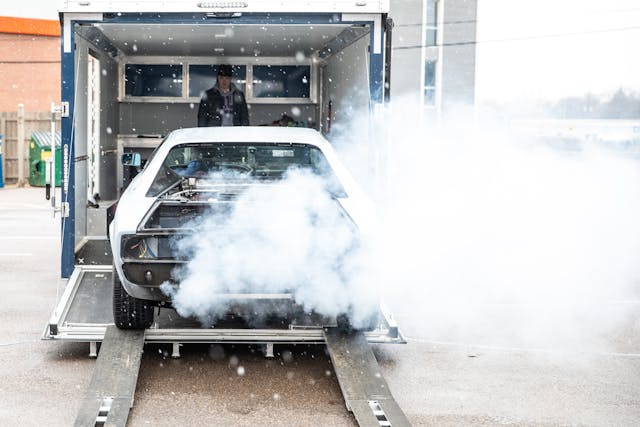
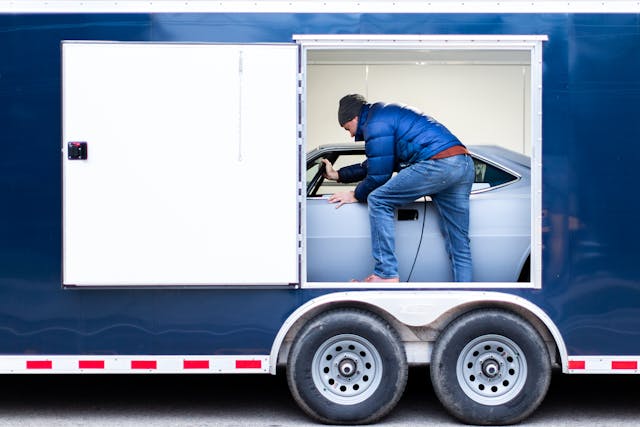
Without knowing the cause of the excessive oil burning, I realized the finish line had just been moved further away. The joy I felt for my new toy when I’d purchased it was replaced with dread. How much more work, time, and money would I need to finish the car? Did I even want it anymore?
The following weekend, my son and I carefully removed the V-8 and taped reminders such as “Put the exhaust in before the engine” to the rear window. A friend drove the engine from Ann Arbor to Al Pinkowsky’s shop in Milwaukee, Wisconsin.
Pinkowsky—who had rebuilt the engine—and I had spent many hours on the phone as he remotely coached me to check certain things, both of us hoping for a simple fix. The engine arrived at his shop in mid-January, and despite a backlog of cars in his one-man business, he jumped on it, eager to stand by his work.
The culprit was some bad piston rings. Pinkowsky disassembled the engine and then reinstalled just the rings into the empty cylinders. Shining a light under the rings revealed tiny gaps between the rings and the cylinder wall. He had my old rings, and they, conversely, blocked the light.
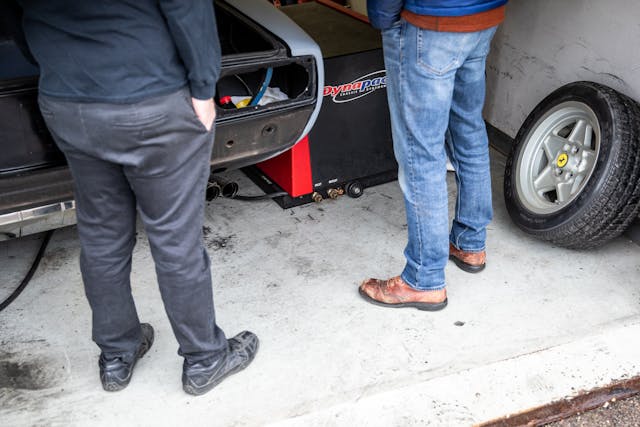
Neither Pinkowsky nor any of my other professional mechanic friends had ever heard of faulty rings, but all noted the general decline in the quality of available parts and were not surprised. In early March, I trailered the car to Milwaukee, and we installed the engine.
Pinkowsky did not whoop like I did when the newly started engine ran without the smoke trail. He knew he found the problem, he fixed it, and he didn’t charge for this second rebuild. I gave him two grand, however, a 10 percent token to recognize that we’d both been hit here, he more than I.
Pinkowsky’s shop is filled with Ferraris and Lamborghinis owned by people waiting in line for his experience and honest reputation. If you are lucky to have access to a similar craftsperson, I recommend that you take care of them. Few of these people, if any, get rich keeping our old cars on the road. Things happen. Not only do I now have a purring motor, but I also spent two instructive days working alongside a pro. I often say that I love car projects for the people I meet and the things I learn, and that certainly proved true in Wisconsin.
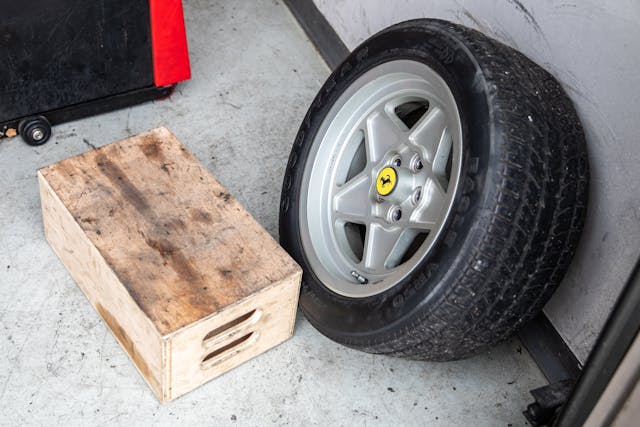
Back in Ann Arbor, the man I hired to do the bodywork, Sam Sturm, passed away. His wife told me that they found him in his shop—he, too, worked alone—and did not know the cause of death. Sturm, who was 61, and I had a handshake arrangement for a part-time job he mostly did in his personal garage. My car was part work, part social, and I would often stop by to discuss the project. Our visits were fun, and I considered us friends. He’d stripped the paint, fixed the rust spots, and applied primer before returning the car so I could install the engine. I’d paid him $1000 and knew that didn’t come close to covering his time. His wife did not find any records, so I offered another $3000 when I went to the shop to pick up the hood and trunklid.
Then I learned how few local body shops would take a job like mine. Most collision shops only fix newer cars, and the ones that do restorations were booked until early 2024. Would I finish this car in my lifetime? According to the TechForce Foundation, a nonprofit charged with promoting vocational careers, the demand for body and paint technicians far exceeds supply. In 2022, the foundation reported that there was demand for 35,000 new collision techs but only 4500 vocational-school graduates. More than half of the people presently in the collision-repair industry are over 50. See what I mean about taking care of these essential craftspeople?
I asked around and found another body and paint guy who, like Sturm, was semi-retired and was choosy about the cars he worked on. My cheapo Ferrari fit the bill, and my new friend had an opening this spring. The week before I was due to deliver the car to him, a fire burned down most of his shop.
***
This article first appeared in Hagerty Drivers Club magazine. Click here to subscribe and join the club.
Check out the Hagerty Media homepage so you don’t miss a single story, or better yet, bookmark it. To get our best stories delivered right to your inbox, subscribe to our newsletters.
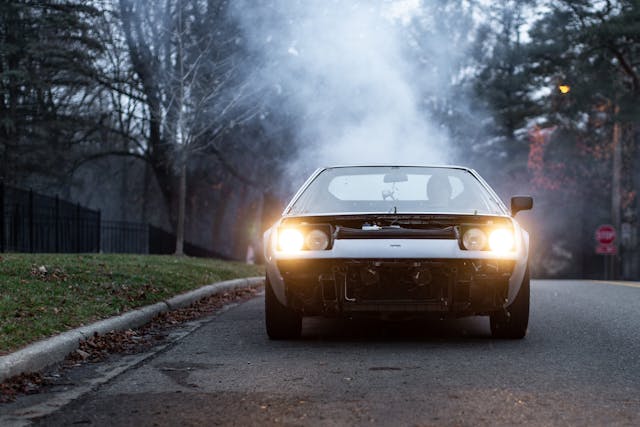








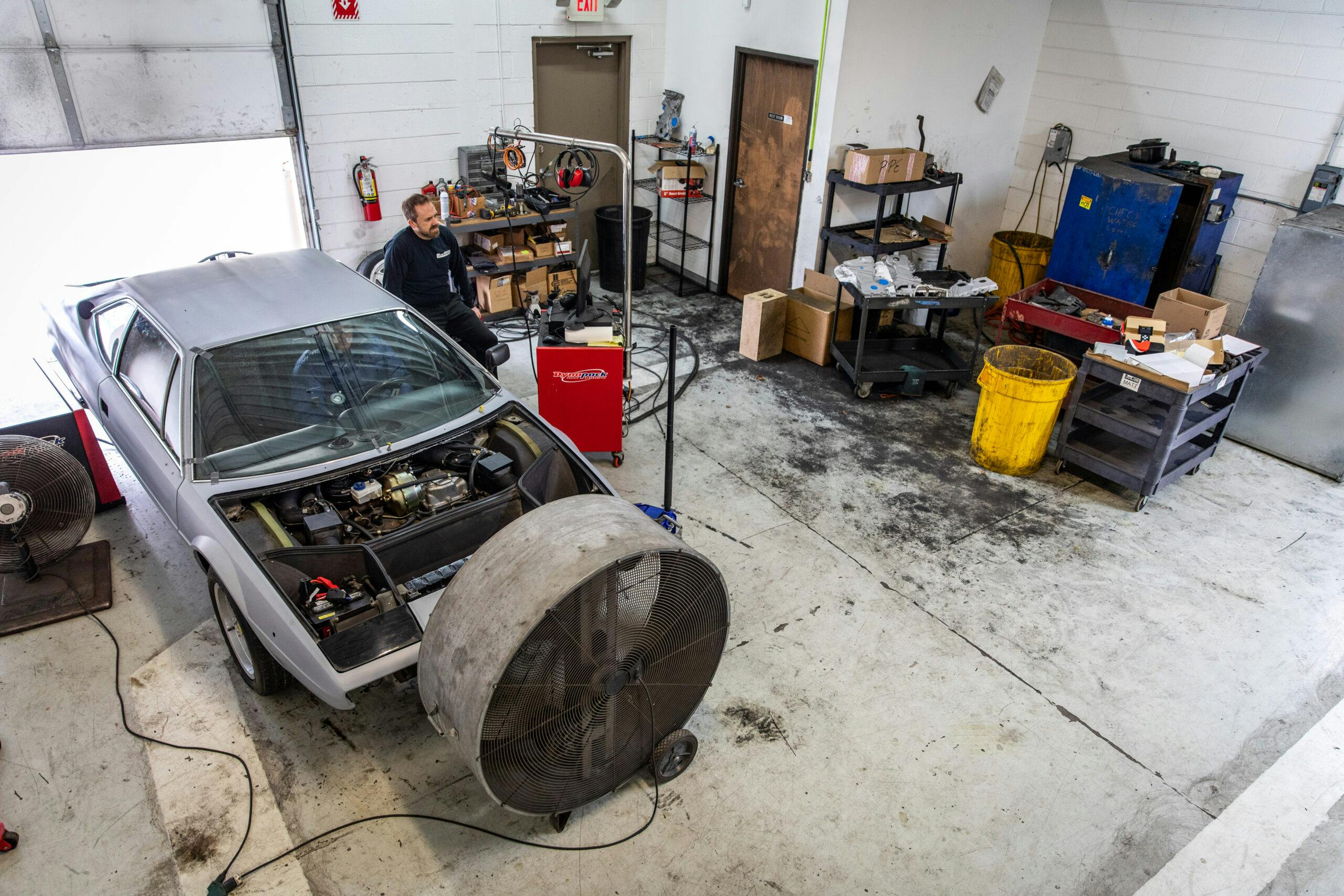
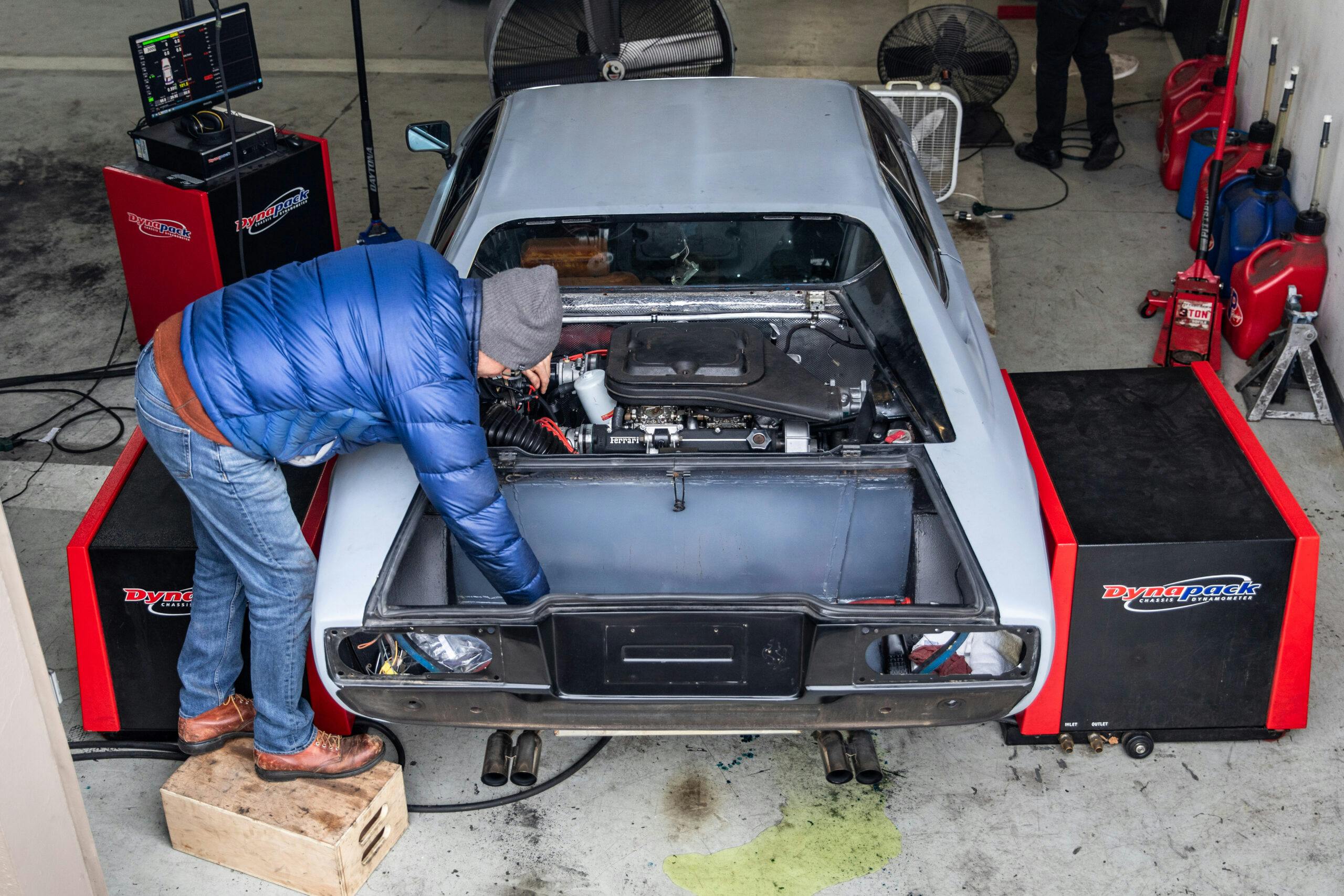
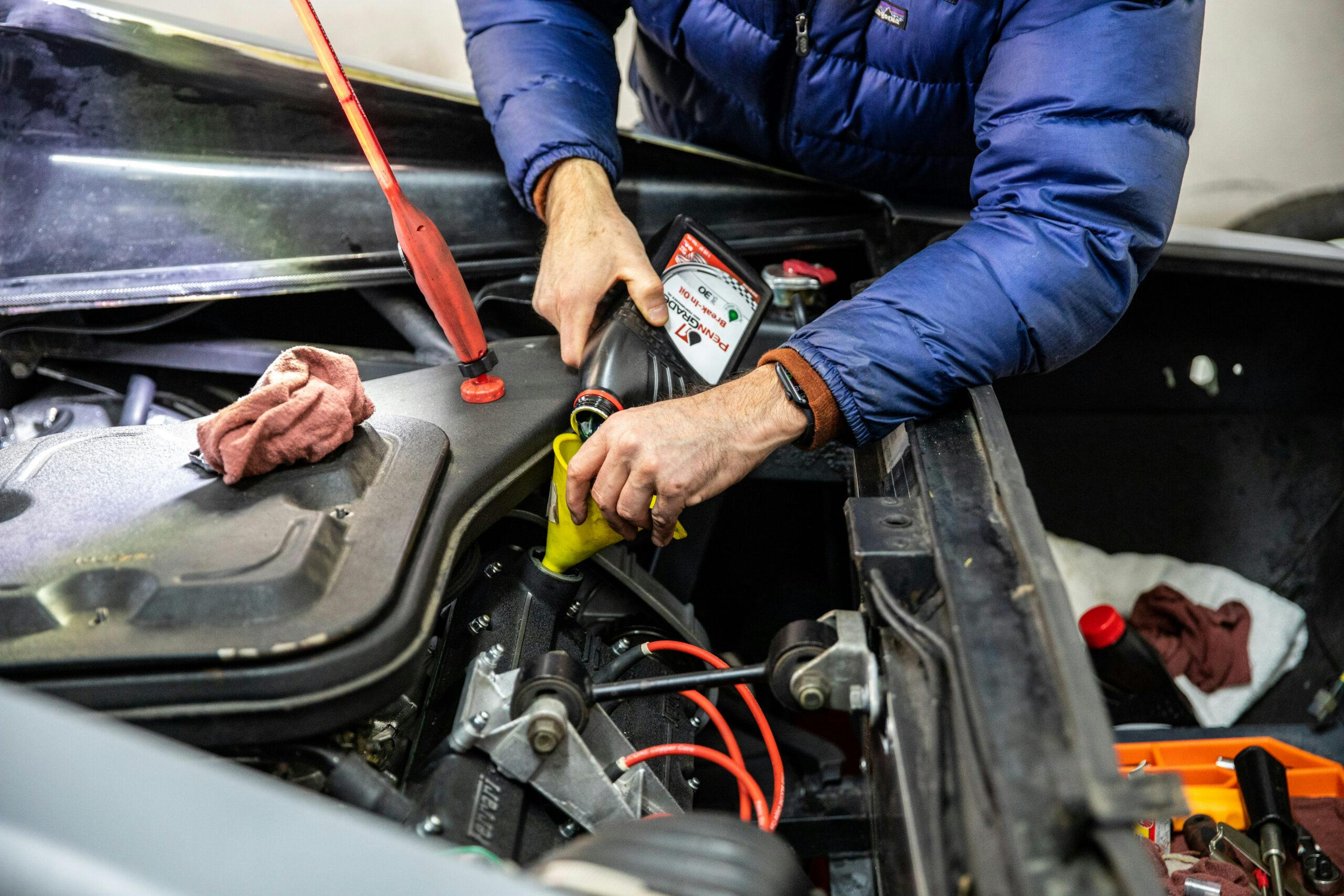
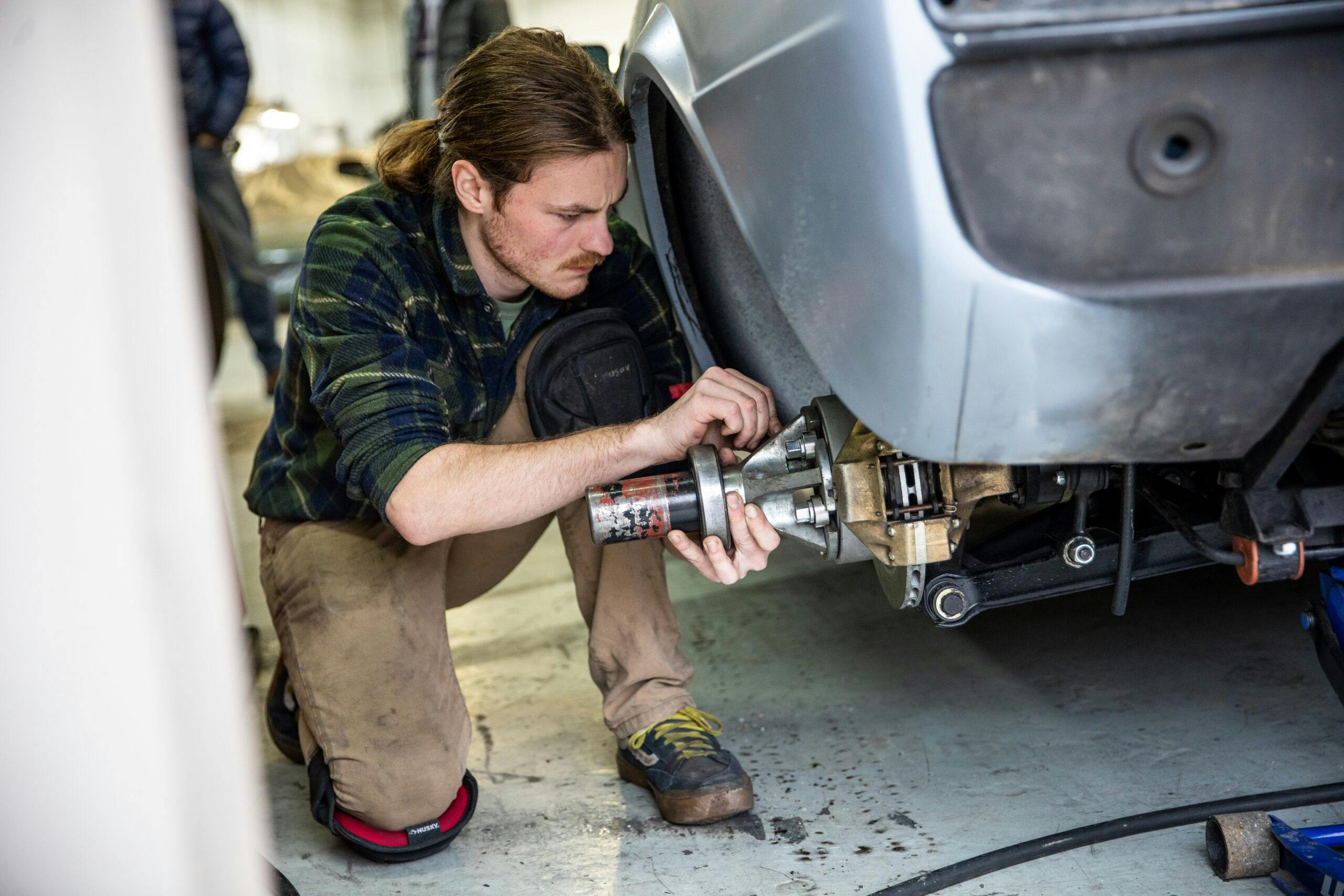

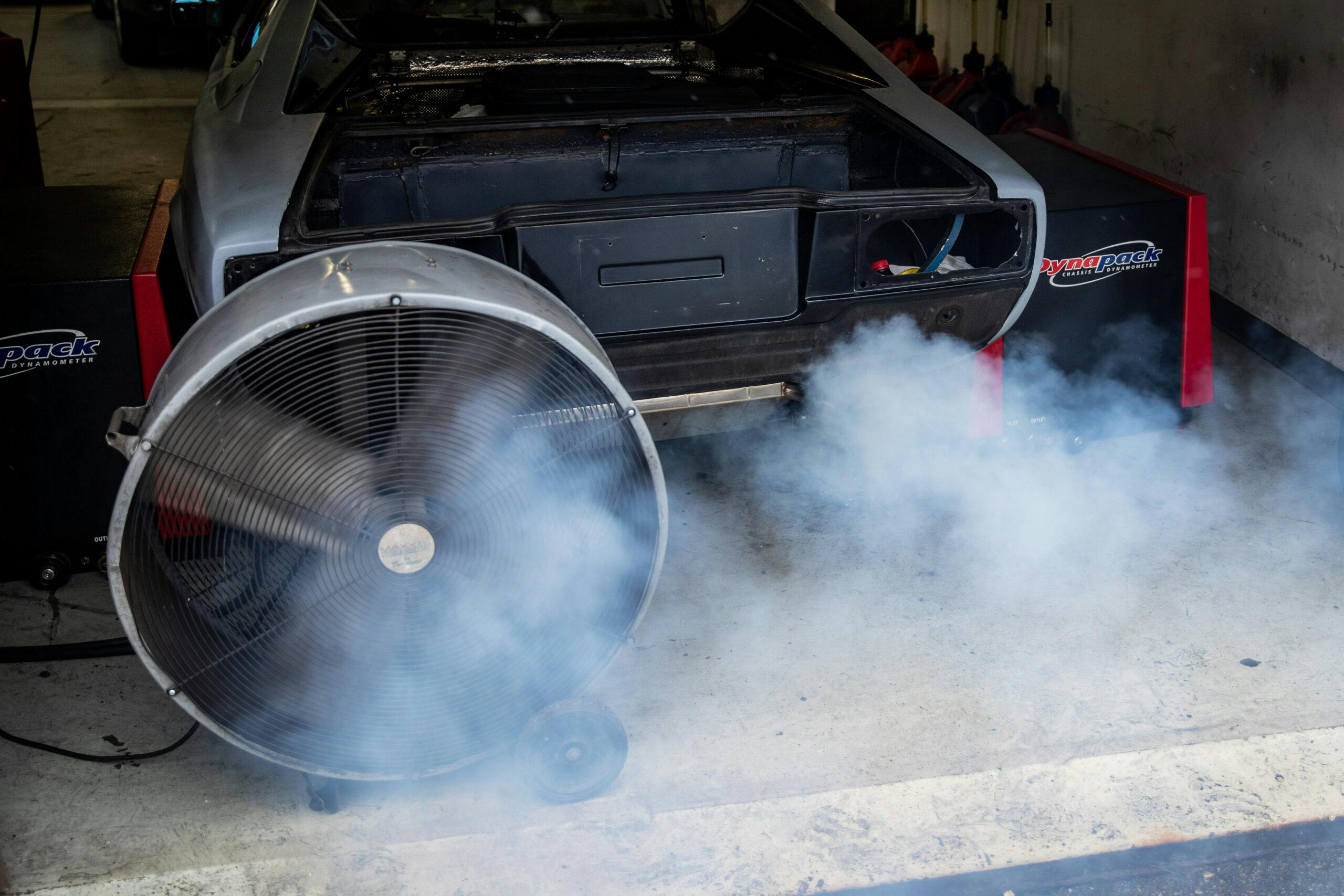
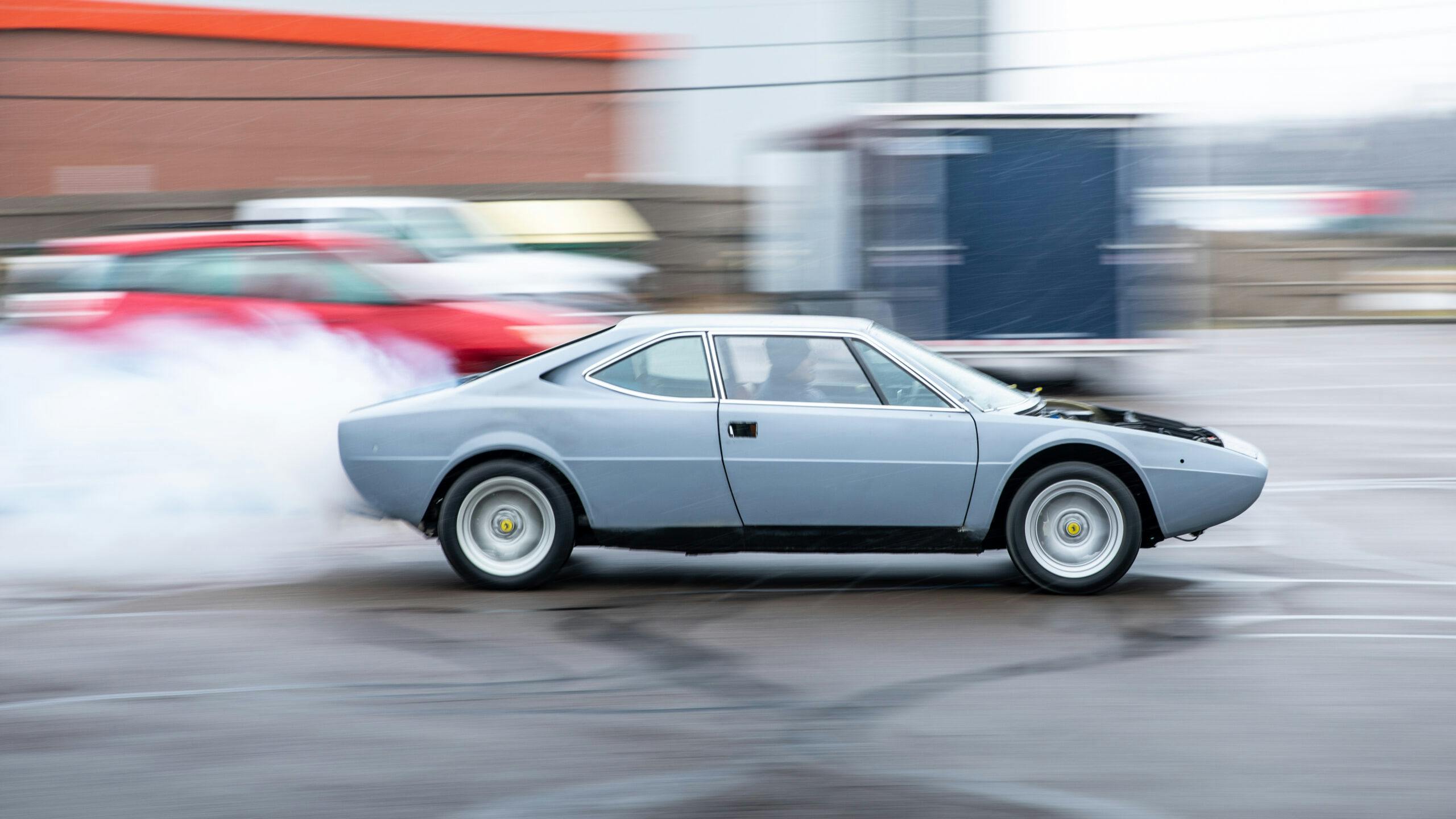
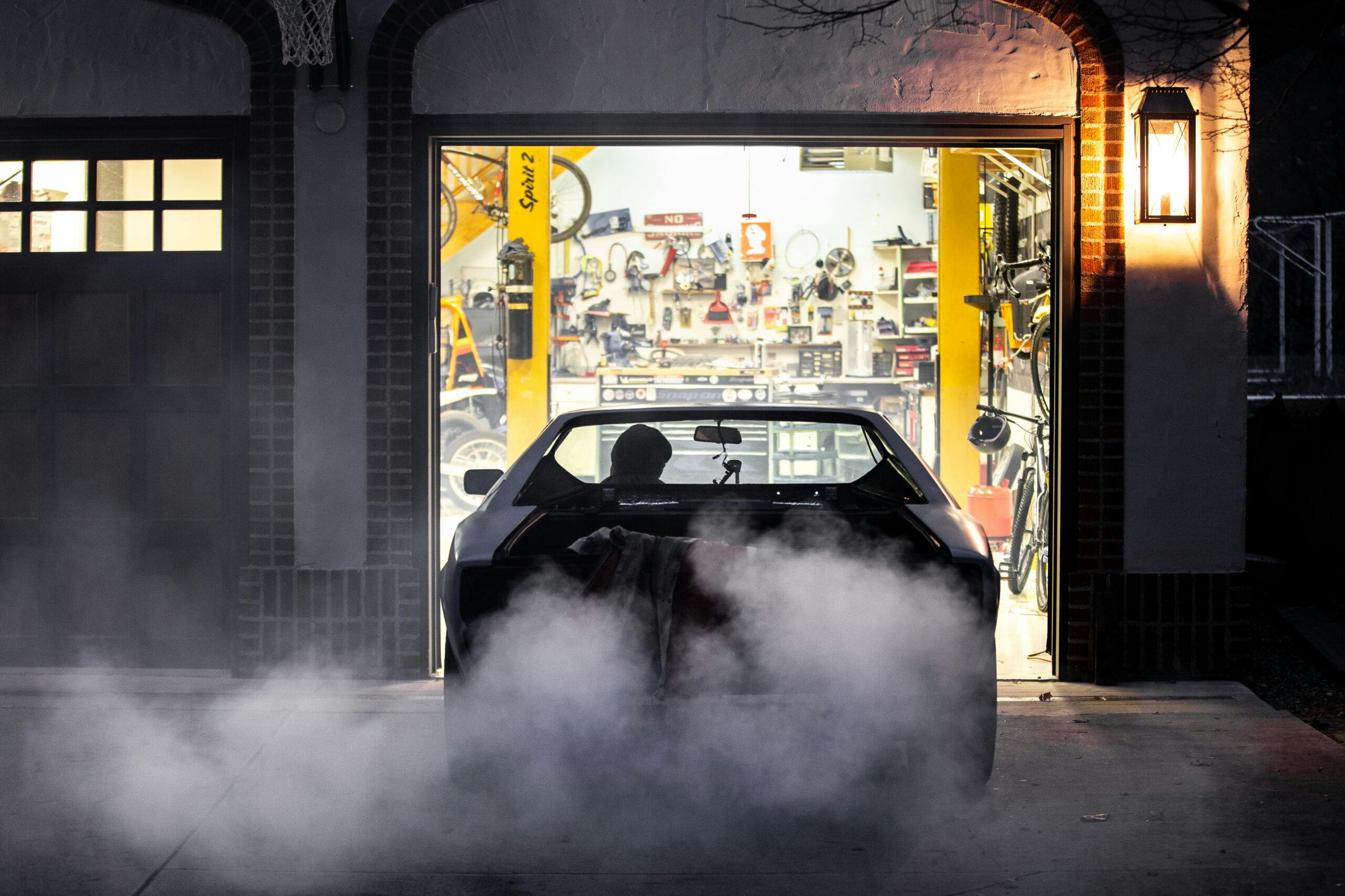
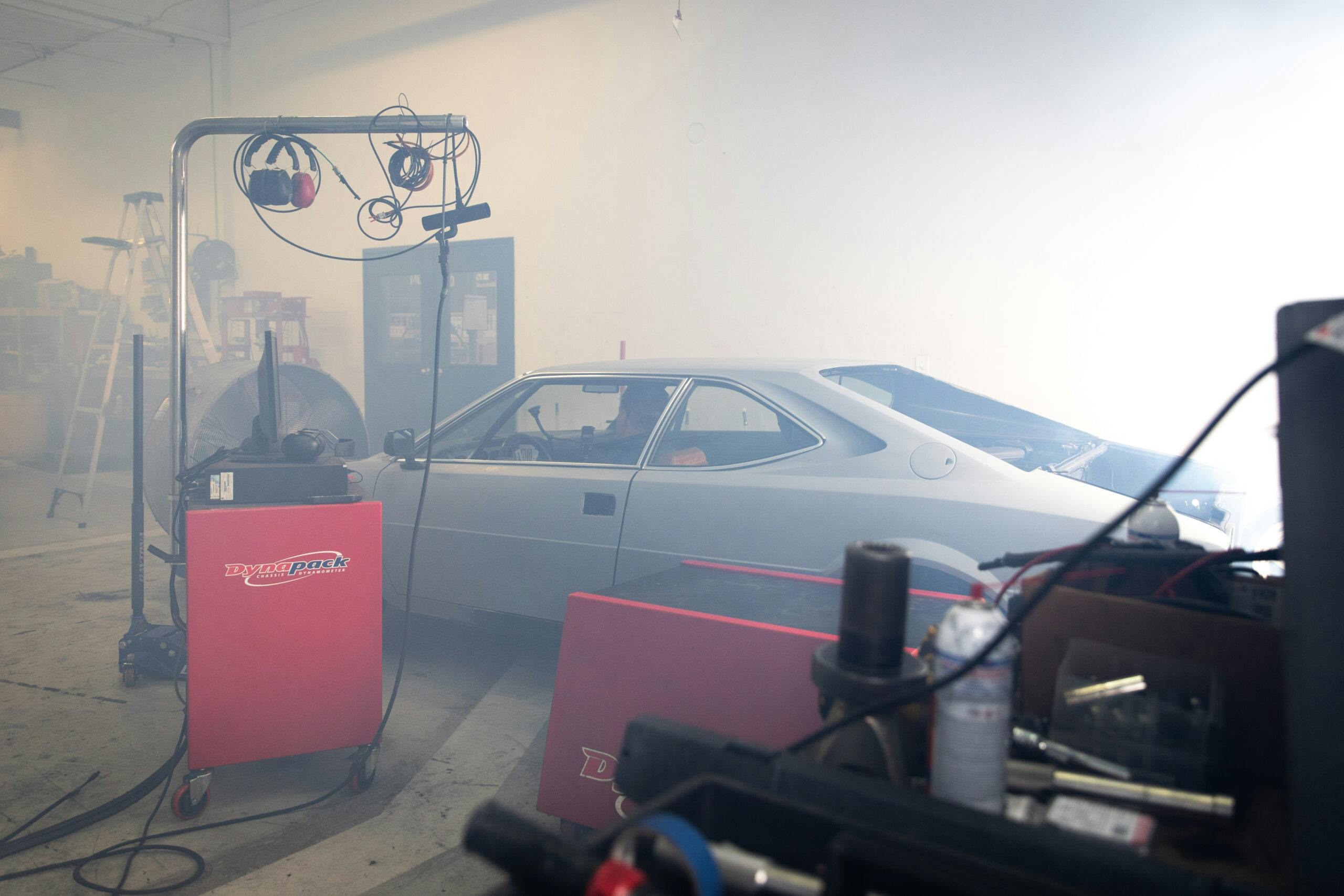

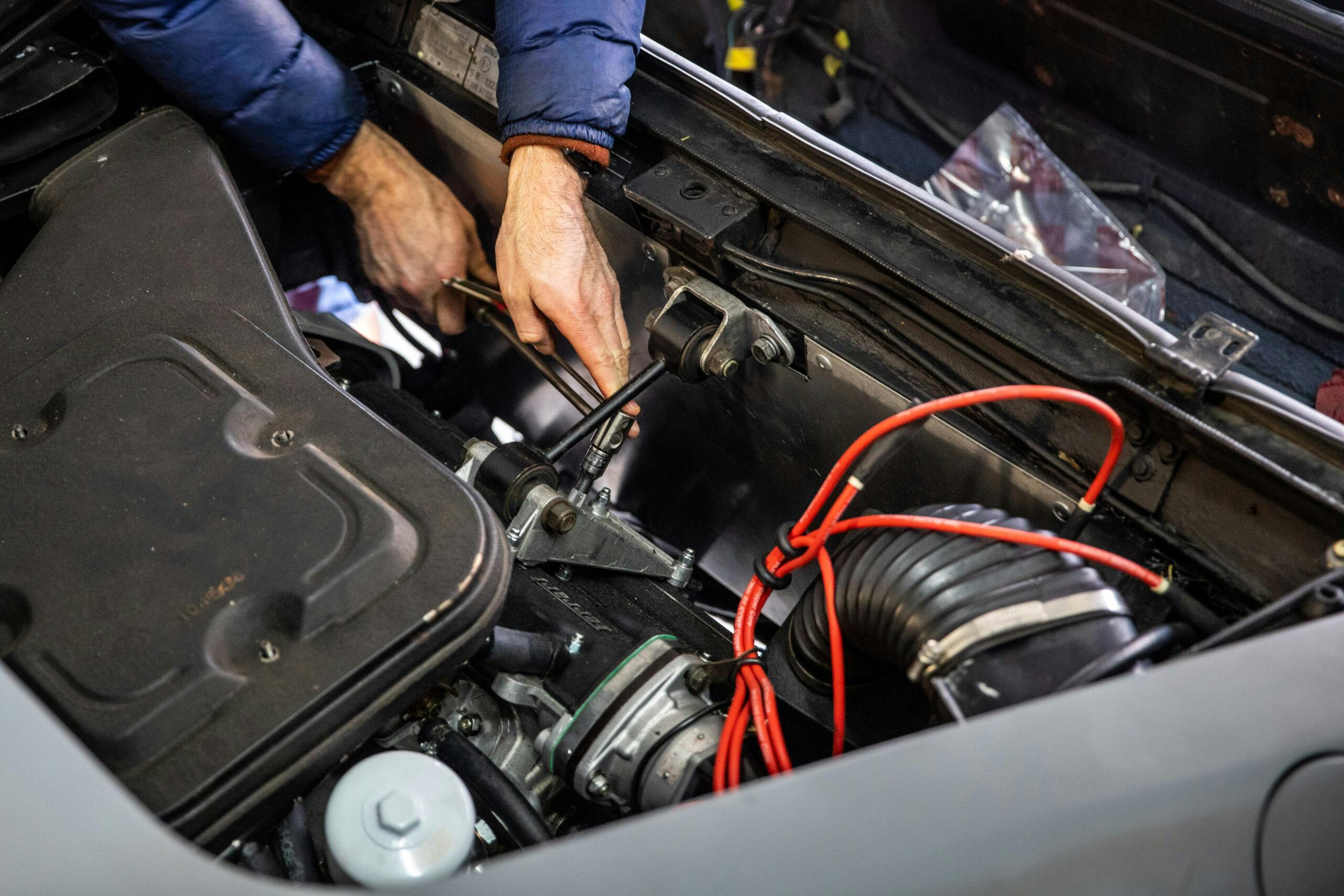
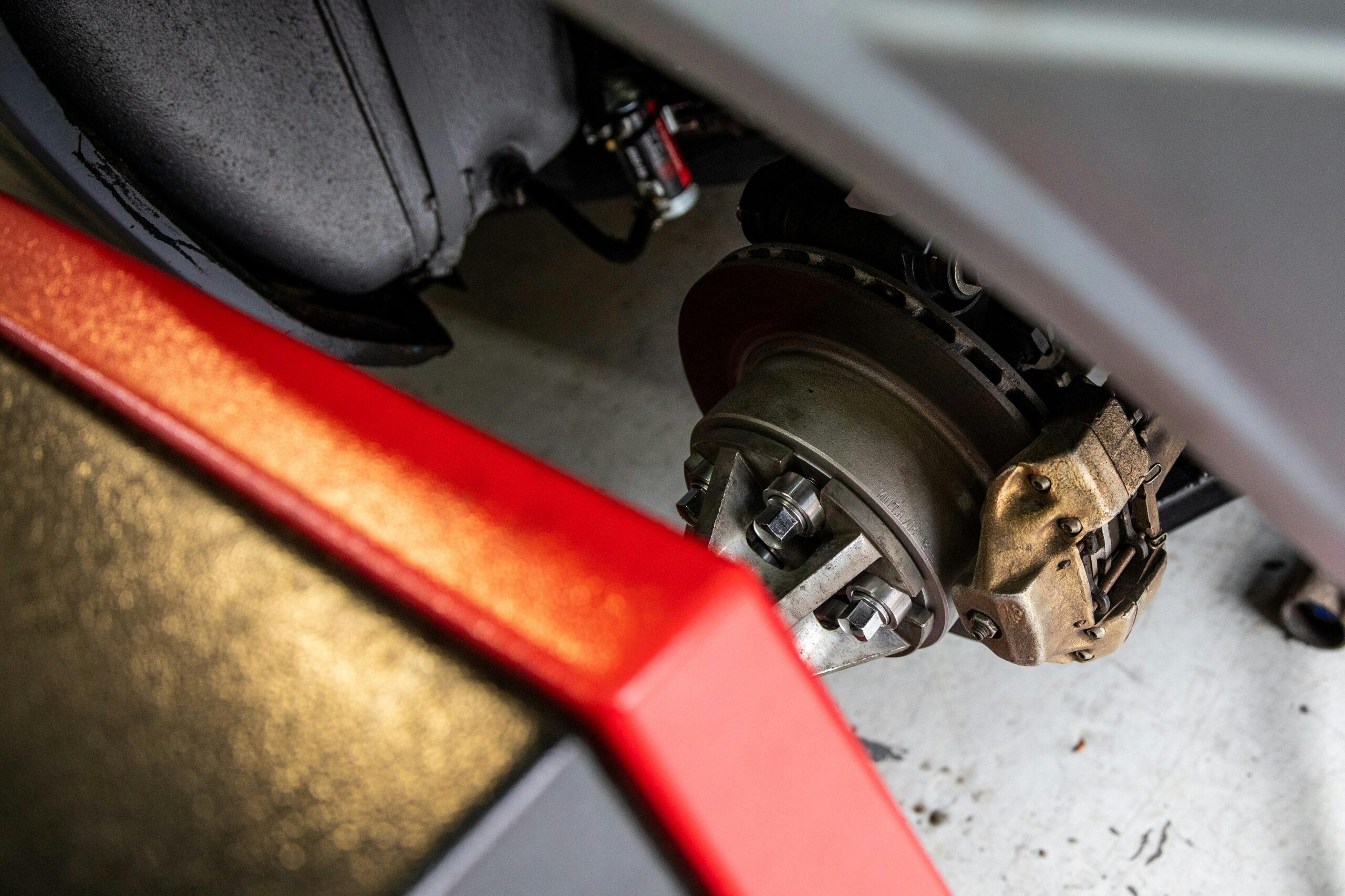

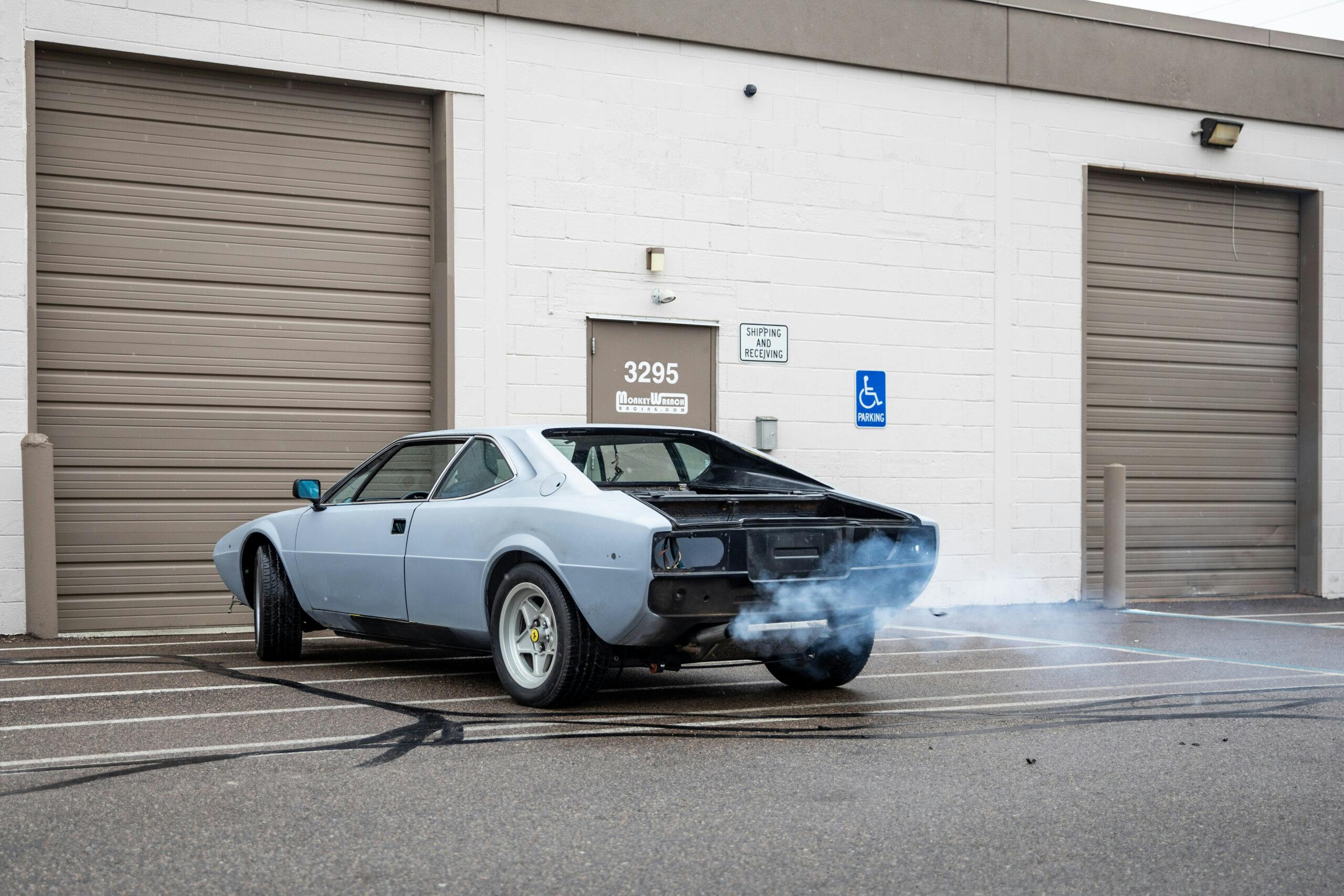





















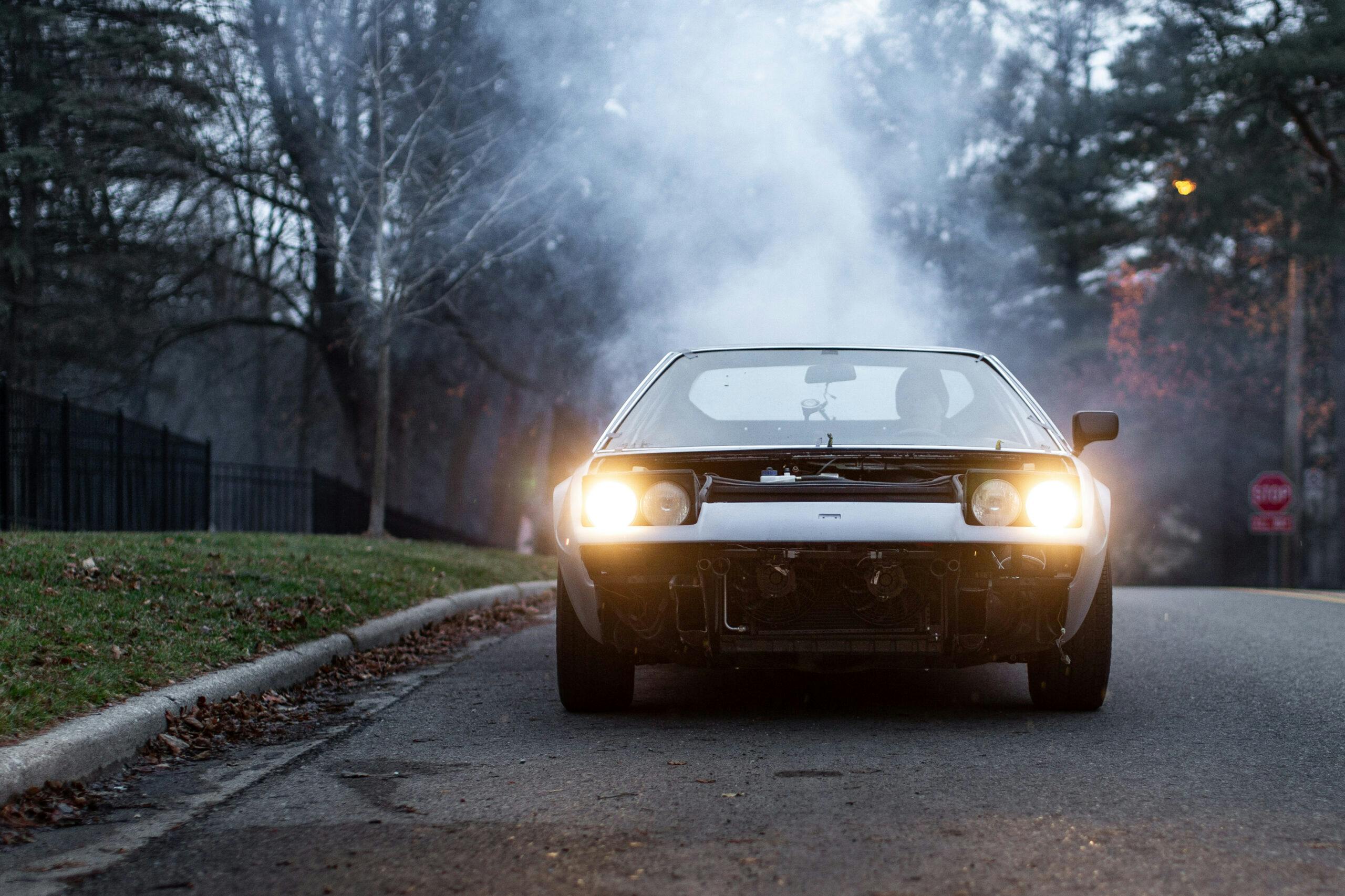
I too have owned a number of old cars over the years, motorcycles too, now that I think of it, and I am convinced that some of the pleasure of owning these vehicles is getting to know the people who take care of them. My work puts me in direct contact with both physicians and patients and I have come to realize that I much prefer to spend an evening hanging out in the garage observing and interacting with these guys then an afternoon on the golf course with an orthopedic surgeon. It would appear that I am not alone in this preference. And, by the way, I love to golf. And, like you, I have almost always paid these guys more for their for their services than they have requested. And I am not a rich guy. it is just my way of encouraging them to keep doing what they do.
Thanks for the great writing, I always enjoy your articles.
Thanks Jack! Yeah, I love learning from the pros.
It =’s easy to second-guess someone else’s work, but in my experience you generally fit the rings in the cylinder before installing them on the piston
My current project was intended to be replace the (shot) drivetrain and drive it with all of it’s glorious patina. As I worked through some issues, I found the body was way worse off than I could live with, and I have been doing body work myself (including sheetmetal fabrication and welding) that is waaayyy out of my wheelhouse just because I know that reliable options for significant body work are limited and expensive.
Fitting the rings to verify or adjust end gaps was my habit too, even in the olden days of “good” parts.
I used to do exactly the same things back in the day, however, I don’t remember ever shining a light from the sump up into the cylinders to check whether or not light was showing through between the rings and the cylinder wall. Luckily I never had the same problem as has happened with this Ferrari.
I am a recently retired master auto mechanic. Checking ring end gap is a step that shouldn’t be skipped. How would you even know if you had the correct rings? You were more generous than I would’ve been with the 2k tip. What about all the hassle you went through because he didn’t do his job? At 20k you paid plenty the first time.
This is a good example of where most can afford to buy a cheap Ferrari but the care and feeding is still expensive like the ones you can not afford.
I looked at a 308 and a Dino back when they were cheap. Heck I could have easily bought one in decent shape. But then I looked at the cost of parts and the degree of difficulty of Italian mechanics based on my Fiat years and this made me keep away. Though I still wish I had bought the Dino for $15K in excellent condition in 1985. Today that car would be $400K or more.
It is not just Ferrari. There is a reason so many Jags and other Euro cars find a Small Block Chevy between their fenders. The cost of the parts is often more than a complete Chevy.
My Buddies father wanted to rebuild a V12 Jag. He did and found the head casting alone was more than a complete Chevy. But he installed and replaced only to have another valve seat fail in a factory head. The sedan is still around but now sports a 428 Pontiac and has not had an issue with the engine since the swap.
These problems are why I chose a C5 Corvette recently. Affordable car that is easy to work on and with tons of parts that will not break you. Also no over board computers like the C6-7.
Yes there have been faster and more dazzling Corvettes but this one is the bridge from the past and future that held enough of both to make it the prefect balance. Also more power is only a cam and set of heads away with the LS.
I have said with Ferrari and BMW it not can you afford to buy it but can you afford to keep it.
Don’t get me wrong I would still love to have a 308 or some of the others but till I have more financial ability to feed and care I am not going to bite off more than I can chew.
I have a local 328 that looks cool but he has horrible seat covers because he can’t afford to replace the seats.
Guy just brought me a 71 CB750 tank to paint. Rusty inside with holes you can see light through. 10 coats of “custom” paint on the outside. He knows it will be pretty expensive because the rule is always “it takes twice as long and costs twice as much as you think it will”. He’s OK with that since it is a project for his mental health as much as anything…
I wasn’t looking for one, but a cheap MB 560sl came my way and I bought it. But you know what they say, “Cheap Mercedes need expensive Mercedes parts”. Fortunately, I could do majority of the work and all the frustration fades away when the top goes down and the smile comes across my face. Plus, great network of knowledgeable fellow owners on the R107 Benzworld.org forum.
Larry once everything is done and you finally take one of your children with you, the smiles and looks you will get will be all worth it. Good luck on the “adventure”.
Thank you Rick. I’ll get it done sooner or later.
Hi again Larry, not trying to stalk you::–))) but can’t figure out how to email you directly through here. Not sure in what stage your car is in “body shop prison”, but I’d be happy to help you track down any missing parts or offer any help I can as I still have all of my contacts and sources from when I restored my same year Dino. Feel free to reach out. Don’t know if you see my email in the contact info or not but it’s my BaT handle at yahoo . com. Cheers.
George
Some things are just so slow to come to completion. I do wish you the best of luck as the recent string has not been the best. Would be nice to see the car done and running.
Brand-new rings that are out-of-round is a new one on me. I always fit them and check the end gaps, but I’ve never worried that they might not be a “Perfect Circle”. Kudos to Mr. Pinkowsky for making it right.
I feel your pain – just a little cheaper thou. I had a 1980 Triumph TR7 roadster back in the early 80’s and even as a used car just a few years old I had to do electrical work and learn to tune the twin stromburgs. Even though it fooled the plugs when you attempted long road trips, years after I sold it, I had such found memories of driving it that about 5 years ago I searched for and bought a TR8. Still have to do the majority of repairs myself, but cannot believe I kept that younger TR7 running without the modern internet and Facebook groups and car clubs around today to get my TR8 running (blew a head gasket). Why do I subject myself to a keeping and working on a 45 year old car? The smile on my face when I drop the top and shift thru the gears. The TR8 was my daily driver for 3 1/2 years, and I never even bothered to fix the radio. Can’t wait to finish repairs and drive it again – blown head gasket morphed into new brakes, new tires, boiled out radiator, new exhaust.
Good story. But the best part that shows maybe your luck is turning is the last paragraph. You really dodged a bullet there. Can you imagine if you had taken your prized car there a week earlier (before the fire)? And, like almost all of the “retired guys doing a side gig”, I would almost guarantee that the painter had no insurance to cover any customer cars that were in his shop.
I also agree on the point about finding good people that can do those things that we don’t have the skills or equipment to do. One of those retired “can do anything” guys is currently being passed around my small local community of car guys. He is a jack of all trades, AND, he will come to your home shop to do the work. He was referred to me by a couple of friends and came to my home shop to weld some bracing under the cowl of my roadster that I couldn’t get to or see well enough to do myself. It took him about an hour, including talking about what I needed and setting up my welder to his preference. Then we BS’ed for another hour about the hobby and my cars. When I asked him how much – he said $50 should cover it. I was floored. I gave him $150. and thanked him for taking care of a problem that I couldn’t do, and doing it in my shop. We have since become good friends. Take care of those people with skills, they are hard to find.
Machine shops are dropping like flies. My shop hasn’t really started on my project in 4 months, but I have no good alternative.
I remember seeing the Ferrari Dino when they first came out. Even as a pre-teen car crazy kid in the early 70’s neither I or any of my friends thought it was a “real” Ferrari. Real Ferraris were the kind that existing in magazines and on bedroom wall posters whereas the Dino was clearly a “budget” Ferrari-ish wannabe with a 6-cyl to boot.
Nothing in the past half-century has changed my opinion of these cars and the fact that they go for such ridiculous sums at auction these days makes me question the whole car hobby.
Who would expect brand new rings to be out of round?
I’ve used GT Motorsports to service my 328 Ferrari for the 5 year belt service.
Al is one of the best mechanics I’ve come across.
I think he’s more knowledgeable then the Ferrari mechanics at the dealership where I bought my car.
He completed the belt service in a timely manor at a much lower price than I was quoted at the dealership.
Al will be me go to mechanic for as long as i own a Ferrari.
Yikes, Larry!! I have two older autos but when I was looking a friend of mine (who has several unfinished projects scattered around his shop) cautioned me about getting into something that would take a lot of work-arounds like yours to get the vehicle in shape to drive. So sorry for the hassle you are experiencing but I enjoy your articles — you are honest about the whole thing and it is a story worth following! So — here’s to the hope for the future of your Dino — it is like all of us — a work-in-progress. Takes a long time to see the results but the end will be glorious!
steve
Larry, in your latest email newsletter, you noted “I’m presently in extra need of inspiration because my partial DIY restoration of a $25,000 1975 Dino 308 GT4 is dragging”. I’ve been through that, and can just say that it isn’t that hard or expensive to DIY a Ferrari 308. I’m a mechanical engineer by degree, but spent 30+ years working in IT in hardware and software design, system architecture, project management, etc. I’ve always been a car nut, and have a 1996 Miata which I bought new (and now has a Simpson Design Italia vintage rebody kit on it, and a Jaguar 3.0 V6 under the hood), and a 1984 308 GTS QV that I bought as a bucket list achievement 10 years ago. It needed catching up on deferred maintenance, regular maintenance, although no bodywork or full engine rebuild, and I’ve done all the work myself over the years, learned a lot, bought more tools as I needed them. So far, I’ve never needed to take it to a shop for anything, although I did send out the Bosch K-Jetronic fuel distributor to a specialist for a service rebuild. I’ve done the timing belts twice, replaced most engine seals, set valve clearances, replaced all fuel and coolant hoses, fixed poor electrical connections, rebuilt the brakes, and more – all well within the capability of the average DIY mechanic. It’s a great car to work on, and truth is that once the maintenance and aged items were caught up, it’s very reliable and has run for years with just regular oil change and biannual coolant and brake fluid changes. I’ve kept a blog on the project for 10 years on the Miata.net forum https://forum.miata.net/vb/showthread.php?t=507999 (although FerrariChat is my main reference resource)
When it comes to Italian engines, you need to REALLY know what you’re doing. They’re not that complicated for the most part. There was probably nothing wrong with those rings. A lot of the Ferrari, Maserati and Fiat engines of the day had an “A”, “B”, or “C” stamped on the engine block where the oil pan mates to the block by each barrel. If you check the factory engine specifications it explains this……sort of. They don’t say why. I guess you’re supposed to know. There’s also 2 more sizigs relating to the rods and the pins and piston bos that have to be correct. So what you have is 3 possible piston and rings sizes and 2 “groups” to match the rods. It’s all stamped but you have to pay attention. So the skinny is thiis; Put the wong pistons or the wrong rings in the wrong hole and she’s gonna smoke like a banshee. The other problem which I’m sure you’re thinking a simple work around to is boring and balancing…..NOT. The new pistons will all be the same and won’t match the boss on the rods or the crank. Sometimes you get lucky, other times you end up with RPM related oscillations that are an absolute mystery. The lesson is this: Repairing Italian cars is one thing, rebuilding the engines is another. There’s a reason is cost $20k plus to rebuild a ferrari motor.
Hi Larry,
Happy New Year. Just saw your comment on the green Dino auction currently on BaT. My 2 cents worth on the color is to keep it stock unless you absolutely despise it or plan to hold on to it forever. Given your history, similar to mine, of restoring, enjoying for a bit, then moving it on, I’d definitely go with original. Hope you’re otherwise well and would love to run into you someday at a track or at a Hagerty function.
George